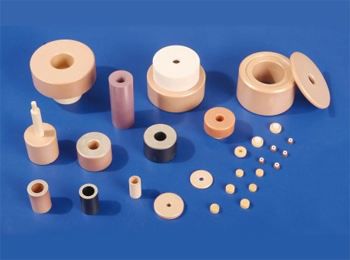The thickness gauge standard sheet contains
Gold plated standard sheetThe coating standard sheet has excellent quality, high precision, and is specifically designed for X-ray instruments.
The thickness gauge standard sheet, also known as the film thickness gauge calibration sheet, is specifically designed for the standardized calibration and establishment of testing files of X-ray thickness gauges (film thickness gauges) when measuring the thickness of metal coatings. The standard curve method commonly used in film thickness testing is to measure a standard sample with a known thickness or composition. Based on the energy intensity of fluorescent X-rays and the corresponding coating thickness, the standard curve is obtained. Then, the unknown sample is measured using this standard curve to obtain the coating thickness or composition ratio.
The use of thickness gauges in industries such as PCB, hardware electroplating, and semiconductors plays a crucial role in quality inspection and cost control.
Characteristics of gold-plated standard sheet:
The coating standard sheet has excellent quality, high precision, and is specifically designed for X-ray instruments.

The two main functions of gold-plated standard plates are:
1. Used to verify the accuracy and stability of the working status of the film thickness gauge. Confirm the working status of the film thickness gauge during its operation during the testing process. To prevent the film thickness gauge from malfunctioning and allowing for time confirmation.
2. Used for standardized calibration and establishing testing records of X-ray thickness gauges (film thickness gauges) when measuring the thickness of metal coatings. The standard curve method commonly used in film thickness testing is to measure a standard sample with a known thickness or composition, and obtain the standard curve based on the energy intensity of fluorescent X-rays and the corresponding coating thickness. Afterwards, unknown samples are measured using this standard curve to obtain coating thickness or composition ratio. The use of thickness gauges in industries such as PCB, hardware electroplating, and semiconductors plays a crucial role in quality inspection and cost control.
The labels of both brands are divided into integrated and thin sheet types:
The integrated standard sample is divided into single coated sheet, double coated sheet, multi coated sheet, alloy coated sheet, and chemical coated sheet.
For example: Single plating: Ag/Cu, Double coating: Au/Ni/Cu, Triple coating: Au/Ni/Cu/Fe, Alloy coating: Zn-Ni/Fe, Chemical coating: Ni-P/Fe。 (All standard films come with certificates)
1. Thin film sheet, single-layer measurement variety: nickel (Ni); Chromium (Cr); Copper (Cu); Zinc (Zn); Cd (cadmium); Tin (Sn); Silver (Ag); Gold (Au); Palladium (Pd), etc.
2. Coating standard sheet (integrated): Single coating: Ag/Cu, Double coating: Au/Ni/Cu, Triple coating: Au/Ni/Cu/Fe, Alloy coating: Zn-Ni/Fe, Chemical coating: Ni-P/Fe, etc.
3. Alloy standard sheet (thin sheet type): Measurement of alloy coating: Sn Pb, Cu Zn, Zn Ni, Ni-P, etc.
4. Measurement thickness range: 0.01-120 μ m.
The above is the introduction and function of gold-plated standard plates shared by Opuma. We can customize qualified standard plates from suppliers according to different customer requirements such as metal elements, coating structure, and coating thickness. The company distributes imported film thickness gauge accessories, provides technical support and instrument evaluation for film thickness gauge transfer, as well as sales of imported film thickness maintenance, calibration, calibration and verification of measuring instruments, and testing instruments.



